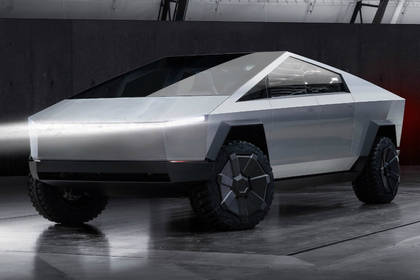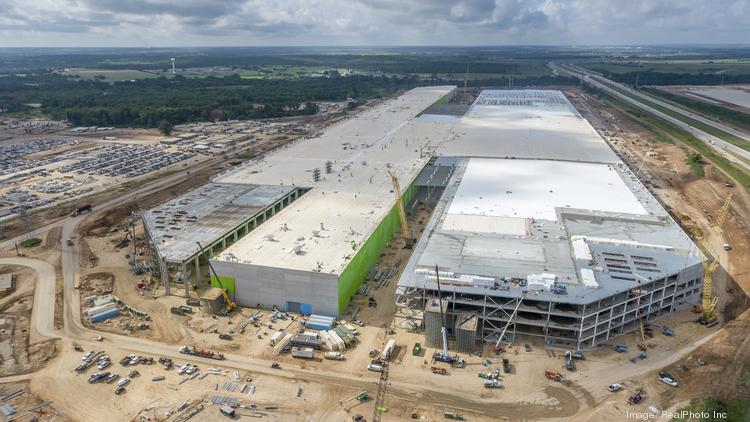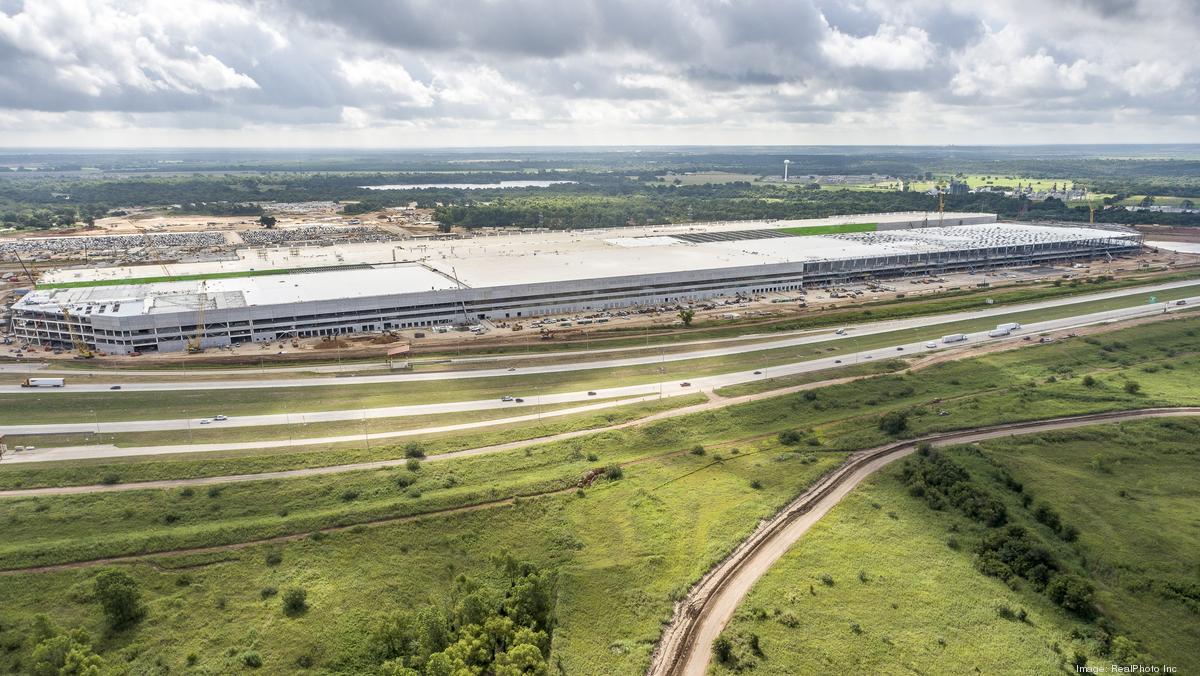Priorities for 2022: Tesla Cybertruck Gigafactories and Tesla Semi

Tuesday, January 4, 2022 | Chimniii Desk
Key Highlights
- Three items, in our opinion, should be the focus of Elon Musk's company this year: the long-awaited Cybertruck, the opening of the two Gigafactories (in Texas and Berlin), and the start of commercial production of the Tesla Semi.
- However, while we acknowledge the significance of those numbers and their positive impact on Elon Musk's stock market performance, we want to focus on three issues for 2022: volume production of the Cybertruck, the opening of the two Gigafactories in Texas and Berlin, and mass production of the Tesla Semi.
- According to the most recent information contained in an article written by Tinsae Aregay for TorqueNews on December 3rd, "... the Cybertruck was originally scheduled to begin production by the end of this year (2021); however, a global parts shortage combined with battery constraints forced Tesla to push the start date to the end of 2022.
- Tesla intended to begin production before the end of 2021 (which never occurred) and to ramp up production in 2022.
- The factory is intended to serve as the primary manufacturing location for the Tesla Cybertruck and Tesla Semi.
Advertisement
After examining the fantastic Q4 2021 results, it's clear to see why 2022 looks more than optimistic for Tesla. Three items, in our opinion, should be the focus of Elon Musk's company this year: the long-awaited Cybertruck, the opening of the two Gigafactories (in Texas and Berlin), and the start of commercial production of the Tesla Semi.
The figures released yesterday on Tesla's production and deliveries in Q4 (almost a million units delivered) are quite astounding; even more so when we consider the year-over-year rise (87 percent YoY). However, while we acknowledge the significance of those numbers and their positive impact on Elon Musk's stock market performance, we want to focus on three issues for 2022: volume production of the Cybertruck, the opening of the two Gigafactories in Texas and Berlin, and mass production of the Tesla Semi.
There are numerous articles discussing the Cybertruck's specifications and capabilities, as well as the range and technology that it will incorporate; instead, I'll discuss the Cybertruck's design and volume production: as we all know, and as Musk has stated, it was inspired by Blade Runner and James Bond's Lotus Esprit in The Spy Who Loved Me, which doubled as a submarine. Tesla's Cybertruck is a unibody vehicle (dubbed a "exoskeleton" by Tesla), similar to most passenger cars, rather than a body-on-frame vehicle, as a regular vehicle frame would interfere with the under-floor battery pack. It utilises extremely thick 3 mm (18 in) cold-rolled stainless steel body panels from the 30x series, which cannot be stamped like standard automotive parts. Because the panels can only be bent in straight lines, they create an extremely unusual faceted shape that has been dubbed "low-poly" or "origami-like." This is the same material that SpaceX (which Musk also owns) employs on their Starship Rocket, as it distributes stress more uniformly and allows for a larger inner space.
Advertisement
Earlier design plans for Cybertruck had titanium exterior panels, but these were eventually changed to stainless steel for added strength, using a Tesla-developed alloy. With that said, and aside from numerous other high-tech specifications, true volume manufacturing is slated to begin somewhere in 2022 (ideally soon...), but Tesla is not known for adhering to timetables; again, I hope I am wrong. According to the most recent information contained in an article written by Tinsae Aregay for TorqueNews on December 3rd, "... the Cybertruck was originally scheduled to begin production by the end of this year (2021); however, a global parts shortage combined with battery constraints forced Tesla to push the start date to the end of 2022. Tesla also just removed the Cybertruck's pricing and versions from the company's online configurator."
Thus, this should undoubtedly be one of Tesla's primary concerns in 2022: Cybertruck bulk production, the sooner the better.

The second primary objective, in my humble opinion, would be to complete building and commission the two Gigafactories in Texas and Berlin. Gigafactory Texas (alternatively referred to as Tesla Gigafactory 5 or Giga Texas) is a Tesla-built car production plant outside Austin, Texas, that has been under development since July 2020. Tesla intended to begin production before the end of 2021 (which never occurred) and to ramp up production in 2022. The factory is intended to serve as the primary manufacturing location for the Tesla Cybertruck and Tesla Semi. Additionally, it will manufacture Model 3 and Model Y vehicles for the Eastern United States and serve as the home of Tesla's corporate headquarters.
Advertisement

Tesla Gigafactory Berlin-Brandenburg, on the other hand (also known as Gigafactory Berlin, Gigafactory 4, or Gigafactory Europe), is Tesla's European production facility now under development in Grünheide, Germany. The campus is located 35 kilometres (20 miles) south of central Berlin along the Berlin–Wroclaw railway, which defines the site's northern border between Erkner and Fangschleuse stations, and the A10 highway, which forms the site's western border. By June 2020, basic foundation work had begun, as had the installation of the first four construction cranes and the arrival of trainloads of building materials such as pillars and beams. Musk had indicated that the construction would proceed at a "impossible-seeming pace" due to the utilisation of prefabricated construction techniques. Tesla held the inaugural Gigafactory Berlin-Brandenburg County Fair on 9 October 2021, inviting 9000 local guests to tour the factory, however as of today, there is still no definite date for the facility's formal launch, as there appear to be some complications with authorization/permits.
/cdn.vox-cdn.com/uploads/chorus_asset/file/9699573/Semi_Front_Profile.jpg)
Advertisement
Finally, the third most critical issue to address in 2022 (again, in my honest view) should be the Tesla Semi. It is a Tesla-developed all-electric battery-powered Class 8 semi-truck, which we have previously discussed in numerous publications. Two concept vehicles were revealed in November 2017, and manufacturing is scheduled to begin in 2023; notwithstanding our insistence that the year 2022 should be a priority. The business initially stated that the truck will have a range of 500 miles (805 kilometres) on a full charge and 400 miles (640 kilometres) on an 80 percent charge in 30 minutes utilising a solar-powered "Tesla Megacharger" charging station. Musk stated that the Semi would come standard with Tesla Autopilot, which will enable semi-autonomous highway driving, among other interesting features; however, aside from the widely known specs, we want to emphasise the fact that Tesla should make all possible efforts to begin volume production of the Semi in 2022, as it would truly be a game changer in transportation, disrupting and positively affecting numerous other related industries (not to mention the beneficial environmental impact itself).
What are your thoughts? What are the three areas in which Tesla should concentrate its efforts in 2022?
Advertisement